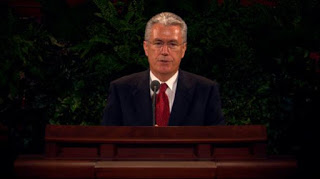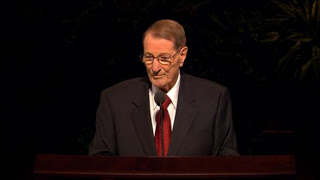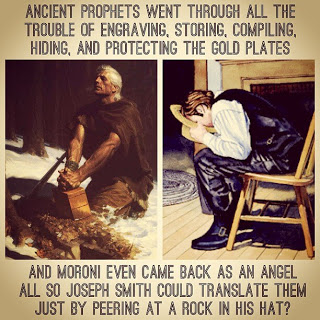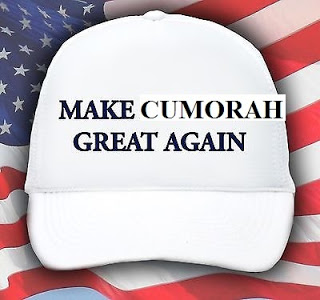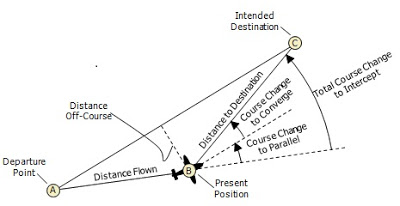Sympathy for unbelievers at BYU, FairMormon, etc.
We might think that most people, given the same information and background, would reach the same conclusions. However, our beliefs depend on the filters through which we perceive information. If you put on the filters of someone who has taught the Mesoamerican theory his/her entire life, you would probably see things the same way that person does.
It’s extremely difficult to admit you have taught false theories to thousands of faithful Latter-day Saint youth.
But having done so, you have even greater responsibility to correct the mistake.
Especially when you’re still teaching them!
I propose that a more sympathetic understanding of others’ views could lead to a consensus, so long as people are willing to rethink their positions.
___________________
By now, it is well known that the Mesoamerican theory of Book of Mormon geography is based on the premise that Joseph Smith and Oliver Cowdery were wrong about Cumorah in New York.*
In other words, Mesomaniacs disbelieve what Joseph and Oliver taught in Letter VII. That’s why I refer to them as unbelievers.
“Unbelievers” in this context is not intended as a pejorative label. It’s purely a description. And the promoters of the Mesoamerican setting don’t disagree with it.
They openly admit they don’t believe Letter VII.
I’ve outlined the history of Mesomania before, such as here, but today I want to emphasize that we should have sympathy and patience for the unbelievers among us.
Put yourself in their places. They have been teaching the Mesoamerican setting for decades. They have even ridiculed those who accept what Joseph and Oliver taught about Cumorah. For example, John Sorenson, in his oft-quoted and admired book Mormon’s Codex, goes so far as to say that what Joseph and Oliver taught is “manifestly absurd.”
These faithful, well-meaning LDS scholars and educators have taught generations of Latter-day Saints to think the Book of Mormon took place in Mesoamerica. We should not criticize them for what has happened in the past. Indeed, we should be sympathetic and understanding. They thought they were doing the right thing, and their influence is pervasive.
But now they know better.
Or at least most of them do.
They are experiencing cognitive dissonance, as I explained in this cartoon:
 |
| Mesomania scholar encounters Letter VII – h/t Scott Adams |
We can be sympathetic and understanding regarding the past, and acknowledge the difficulty of dealing with cognitive dissonance.
But at this point, every time someone teaches the Mesoamerican theory (as well as the “abstract map” at BYU which teaches the Mesoamerican theory by applying the Mesoamerican interpretation of the text to a fantasy map), he or she is knowingly teaching LDS youth that Joseph and Oliver were wrong.
I think it is inexcusable for anyone to continue teaching that Joseph Smith and Oliver Cowdery were wrong about Cumorah.
And anyone who is teaching that the real Cumorah of Mormon 6:6 is not in New York is teaching that Joseph and Oliver were wrong.
When fully informed, most LDS students, missionaries, and ordinary members side with Joseph and Oliver instead of our LDS scholars and educators who claim Joseph and Oliver were wrong.
The scholars know this. That’s why they have refused to tell their students and readers about Letter VII and the related context.
If the scholars and educators who teach the Mesoamerican/two-Cumorahs theory want to continue to believe that theory, fine. If the people at FairMormon, Book of Mormon Central, BYU Studies, the Interpreter, Meridian Magazine and the rest want to continue to believe Joseph and Oliver were wrong, fine.
But they should no longer impose that theory on their students.
And they should no longer suppress what Joseph and Oliver taught.
They should not seek to skirt the issue by using a fantasy map that incorporates the Mesoamerican interpretation of the text and shows Cumorah outside of the real-world New York.
Every LDS scholar and educator has, at a minimum, a duty of full disclosure.
They should tell their students about Letter VII and its historical context so students can make fully informed decisions. They should tell their students that all of Joseph’s contemporaries, and all of his successors who have discussed the topic, including members of the First Presidency in General Conference, have affirmed that there is one Cumorah and it is in New York.
The Mesoamerican advocates can continue to say the prophets and apostles are wrong, but they should no longer hide the facts from their students.
__________________
*A basic tenet of Mesomania is that Joseph and Oliver were ignorant speculators who misled the Church when they taught Cumorah was in New York. Instead, according to Mesomaniacs, there are “two Cumorahs.” The “real Cumorah” is somewhere in Mexico. The one in New York was named by mistake out of ignorance and speculation by unknown early Church members (possibly Oliver Cowdery) and then Joseph Smith adopted this false tradition. Mesomaniacs think every prophet and apostle who has identified Cumorah as the hill in New York, including members of the First Presidency speaking in General Conference, were also wrong and therefore also misled the Church.
Source: Book of Mormon Concensus

